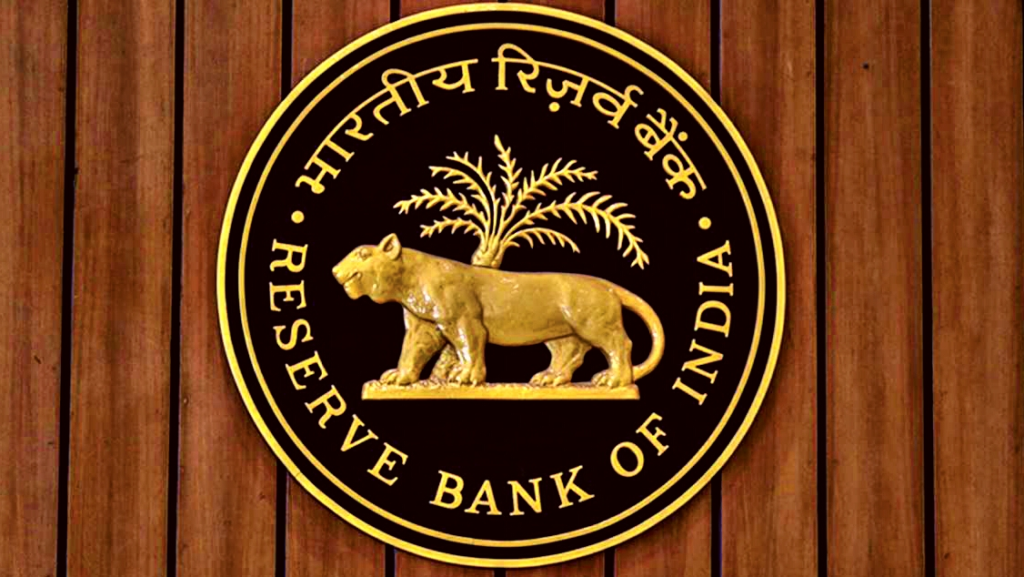According to an announcement by the Reserve Bank of India, the Government of India will issue the first ever green bond this month, with plans to raise nearly 16000 crore rupees (US $2 billion) to support green infrastructure projects that aim to lower the economy’s carbon intensity.
The issuance is planned in two tranches of 80 billion rupees ($970 million), with 5- and 10-year maturities, with auction dates set for January 25 and February 9.
India’s targets include achieving 500 GW of non-fossil energy capacity by 2030 and reducing carbon emissions by one billion tonnes. In addition, the cabinet approved India’s National Green Hydrogen Mission earlier this month, a strategy to establish India as a significant green hydrogen production hub, with plans to reach 5 million tonnes of production and over $2 billion in incentives for related infrastructure and production.
The government published its Sovereign Green Bonds framework in November, outlining eligible uses of proceeds from green bond issuances, project selection and evaluation, proceeds management, and reporting requirements. Renewable energy, energy efficiency, clean transportation, climate change adaptation, sustainable water and waste management, pollution prevention and control, green buildings, sustainable management of living natural resources and land use, and terrestrial and aquatic biodiversity conservation are all eligible green project categories under the framework.
Furthermore, the framework includes a list of projects that are not permitted, such as those involving the extraction of fossil fuels. Nuclear power generation and hydropower plants more significant than 25 MW are also included in the Excluded Project category.
Furthermore, the framework includes a list of projects that are not permitted, such as those involving the extraction of fossil fuels. Nuclear power generation and hydropower plants larger than 25 MW are also included in the Excluded Project category.



